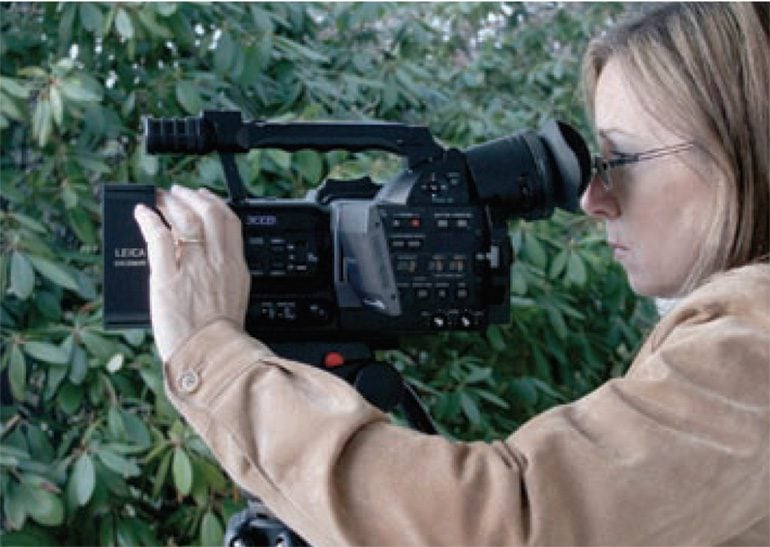Reference: StudentFilmmakers Magazine, March 2008. Create the Look of Smoke: An Alternative to Working with Artificial Smoke by Ira Tiffen. Pages 14 – 15.
Smoke – a subject of much concern as more and more local authorities are banning it from public and sometimes even private spaces. While it certainly has health disadvantages, it has also long been one of the more powerful tools for the cameraman in setting the look for a scene. Blade Runner comes instantly to mind. And many others.
There are, of course, some very capable smoke machines available that can create a safer version of cigarette-style smoke when needed. There will be times when even this falls short of the mark, and it helps to know what you can do when it does.
One of the issues with artificial smoke is the effort it takes to consistently fill large areas. This is especially true outdoors, when wind becomes an issue. Consistency here means two things – sufficient uniformity, when desirable, of the effect over the full image area; and reliably matching the strength of the effect from take to take over time, maintaining continuity.
Another issue is that, regardless of the relative safety of artificial smoke machines, there can be reluctance among talent and crew to work with it. While these machines have long satisfied a definite need in the market, there are times when they need a hand. This is our focus here.
A few years ago, while still at Tiffen, I created what I called Smoque filters. They have the ability to render smoke-like effects most realistically, while retaining the advantages of an optical filter. One obvious advantage is that the effect is utterly repeatable from shot to shot. It also creates consistent coverage over the image area, even in a large space.
Smoque filters are available in four grades, which allow you to match the strength with the desired effect. As importantly, it also is naturally unaffected by wind and other weather when used outdoors.
Looking at the example images, the unfiltered scene shows a high contrast at the top, where the fluorescents glow bright against the dark ceiling. At the bottom, the range of brightness is lower. Using the filter, we will expect to see a stronger effect with the former than with the latter, in a similar manner as with fog, mist and contrast reducing filters. Shadows will lighten, showing more effect where they start off darker. Highlights will be less affected. And with the Smoque in particular, the effect of flare will more gradually extend outward from the lamps, more like the effect of real smoke, and unlike the more localized flare of the fog and mist filters.
As you can see in the progression of filter strengths from Smoque 1, to 2, to 4, there is a related increase in the smoke effect from mild to heavy. In addition, they work well in combination if a stronger version is required. Each produces a realistic rendition of actual smoke.
Sometimes, though, you may want inconsistency in the smoke effect, as when its swirling nature becomes important. Using real smoke is best for that. However, even here, there will be times when it is easier to ‘lay down’ a base level of consistent smoke using the filter, and then adding to that with the real thing. Gives you the best of both worlds.
This is also true of the ‘ray-of-light’ effect, a bright beam projecting through the smoke-filled air, marking its passage brightly on the airborne particles. This is best done with real smoke, but you may want to keep a filter handy in case it can help in combination.
You can now impart the look of smoke without running afoul of the smoke alarm. Or, put another way, as the old song goes, ‘Smoke Gets In Your Eyes’…not!
Photographs by the author. “Smoque” is a registered trademark of Tiffen.
In over 30 years of making optical filters, Ira Tiffen created the Pro-Mist, Soft/FX, Ultra Contrast, GlimmerGlass, and others, netting him both a Technical Achievement Award from the Academy of Motion Picture Arts and Sciences and a Prime-Time Emmy Award. Elected a Fellow of the SMPTE in 2002, he is also an Associate member of the ASC, and the author of the filter section of the American Cinematographer Manual.





